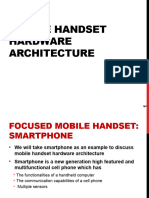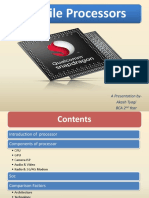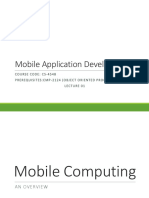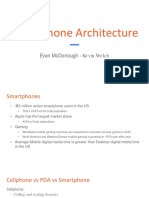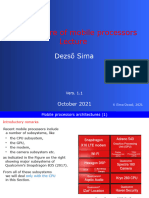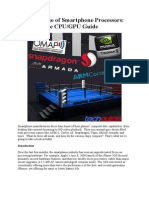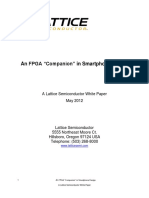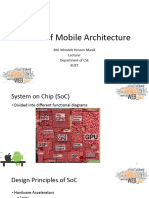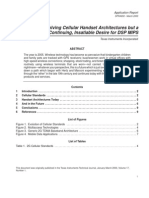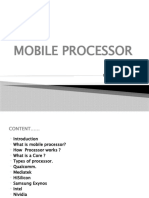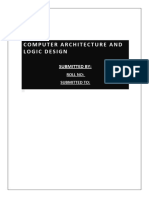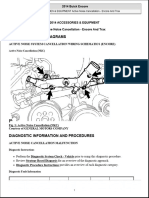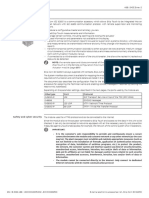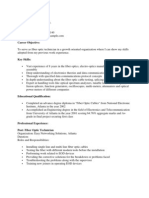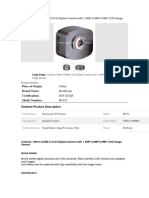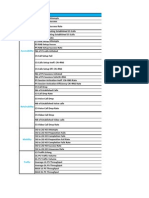0% found this document useful (0 votes)
161 views18 pagesSmartphone Hardware Insights
This document discusses the hardware architecture of smartphones, using the iPhone as an example. It describes the main components of a smartphone's main printed circuit board (PCB), including the application processor which runs the operating system and apps, and the baseband processor which handles wireless communications. The application processor contains components like CPU cores and multimedia engines. The baseband processor contains radios, analog and digital modems. Major vendors that design these processors for smartphones are mentioned.
Uploaded by
Nhi TrangCopyright
© © All Rights Reserved
We take content rights seriously. If you suspect this is your content, claim it here.
Available Formats
Download as PDF, TXT or read online on Scribd
0% found this document useful (0 votes)
161 views18 pagesSmartphone Hardware Insights
This document discusses the hardware architecture of smartphones, using the iPhone as an example. It describes the main components of a smartphone's main printed circuit board (PCB), including the application processor which runs the operating system and apps, and the baseband processor which handles wireless communications. The application processor contains components like CPU cores and multimedia engines. The baseband processor contains radios, analog and digital modems. Major vendors that design these processors for smartphones are mentioned.
Uploaded by
Nhi TrangCopyright
© © All Rights Reserved
We take content rights seriously. If you suspect this is your content, claim it here.
Available Formats
Download as PDF, TXT or read online on Scribd
/ 18
